An adder is a digital circuit designed to perform the addition of binary numbers. It takes two or more input values and produces a sum and a carry as outputs. In the case of a full adder, it has three inputs: two binary digits (the addends) and a carry-in from the previous bit. The output consists of a sum and a carry-out for the next higher bit. Full adders are fundamental components in computer arithmetic units, used for logical operations, shifting, and instruction execution.
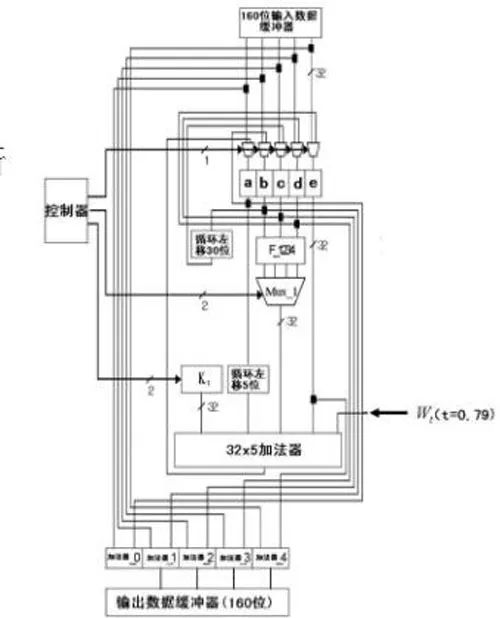
For a 1-bit binary addition, there are five key quantities involved: the first addend (A), the second addend (B), the carry-in from the previous bit (CIN), the sum (S) of the current bit, and the carry-out (COUT) to the next bit. These five values are all single bits, with the first three being inputs and the last two being outputs.
When performing a 32-bit binary addition, the same principles apply, but now each of the addends is 32 bits long. The carry-in (CIN) is a single bit, while the sum (S) and carry-out (COUT) are also 32 bits. To implement this, a common approach is to chain multiple 1-bit adders together, forming a ripple-carry adder. However, this method introduces a delay because each bit must wait for the carry from the previous one before it can be computed.
This sequential computation makes the total time required for a 32-bit addition equal to 32 times the time needed for a single bit. To improve efficiency, parallel methods like the carry-lookahead adder have been developed, which calculate carries for multiple bits simultaneously, significantly reducing the overall delay.
There are two basic types of adders: the half adder and the full adder. A half adder has two inputs (A and B) and two outputs (Sum and Carry). It adds two single binary digits and produces a sum and a carry. However, it cannot handle a carry-in from a previous stage. A full adder, on the other hand, includes a third input for the carry-in, allowing it to handle more complex additions by incorporating the carry from the lower bit.
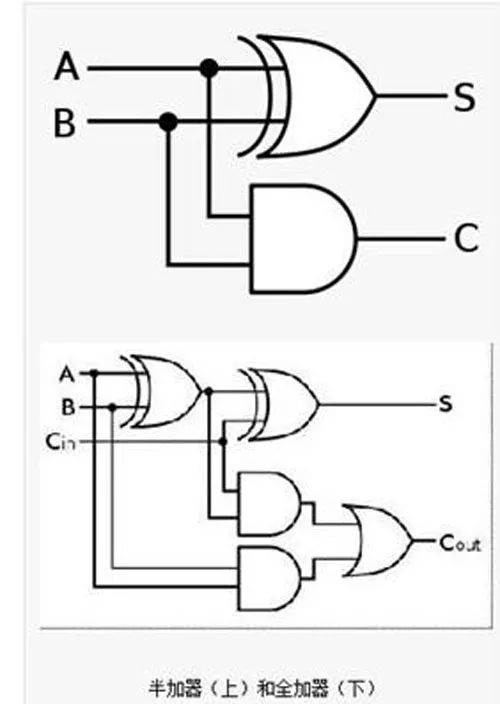
The half adder is simpler, using XOR and AND gates to compute the sum and carry. The full adder, however, can be constructed using two half adders and an OR gate. This allows it to process both the sum and the carry-in, making it suitable for multi-bit additions. Some designs replace the final OR gate with an XOR gate, which simplifies the circuit without affecting functionality.
The principle of an adder involves calculating the sum and carry for each bit based on the inputs. For an n-bit adder, each bit has inputs ai, bi, and ci (carry-in), and outputs si (sum) and ci+1 (carry-out). Using logic expressions, we can define the sum and carry equations, and further simplify them using generate (gi = ai & bi) and propagate (pi = ai + bi) functions. These allow for faster carry calculation in advanced adder designs.
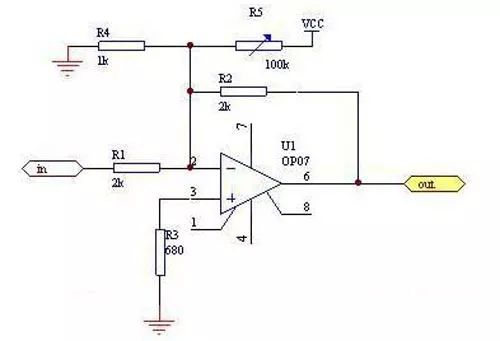
In a carry-lookahead adder, all carries are calculated in parallel, drastically reducing the delay compared to a ripple-carry adder. This makes it ideal for high-speed computing applications. The design requires careful implementation of logic gates to ensure accurate and fast operation.
Another type of adder is the inverting adder, also known as the inverting summing circuit. It uses an operational amplifier with multiple input signals connected to the inverting terminal. The output is the negative sum of the input voltages, making it useful in analog signal processing. The inverting adder has a low input impedance, ensuring that each input signal contributes independently without interference, which improves accuracy in practical applications.
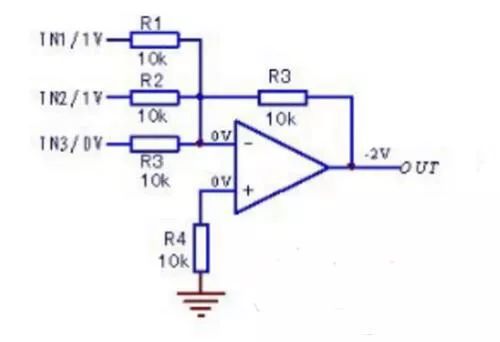
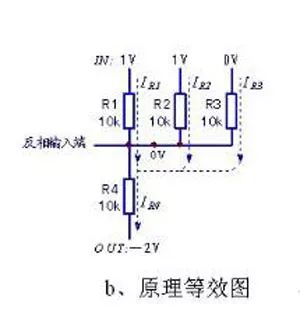
The inverting adder's "virtual ground" characteristic ensures that the inverting input remains at 0V, allowing for precise current summation. This feature makes it highly reliable in applications where signal integrity is critical. Unlike the non-inverting adder, which suffers from high input impedance issues, the inverting adder provides a stable and predictable performance, making it widely used in real-world circuits.
In summary, adders are essential building blocks in digital systems, enabling efficient arithmetic operations. Whether in the form of half or full adders, or inverting or non-inverting configurations, they play a crucial role in modern computing and electronics. Understanding their design and function is key to developing high-performance digital circuits.
Single Type F Wall Outlet For Power,Single Type F Wall Outlet Dimensions,Single Type F Wall Outlet Black And White,Single Type F Wall Outlet Black
Yang Guang Auli Electronic Appliances Co., Ltd. , https://www.ygpowerstrips.com